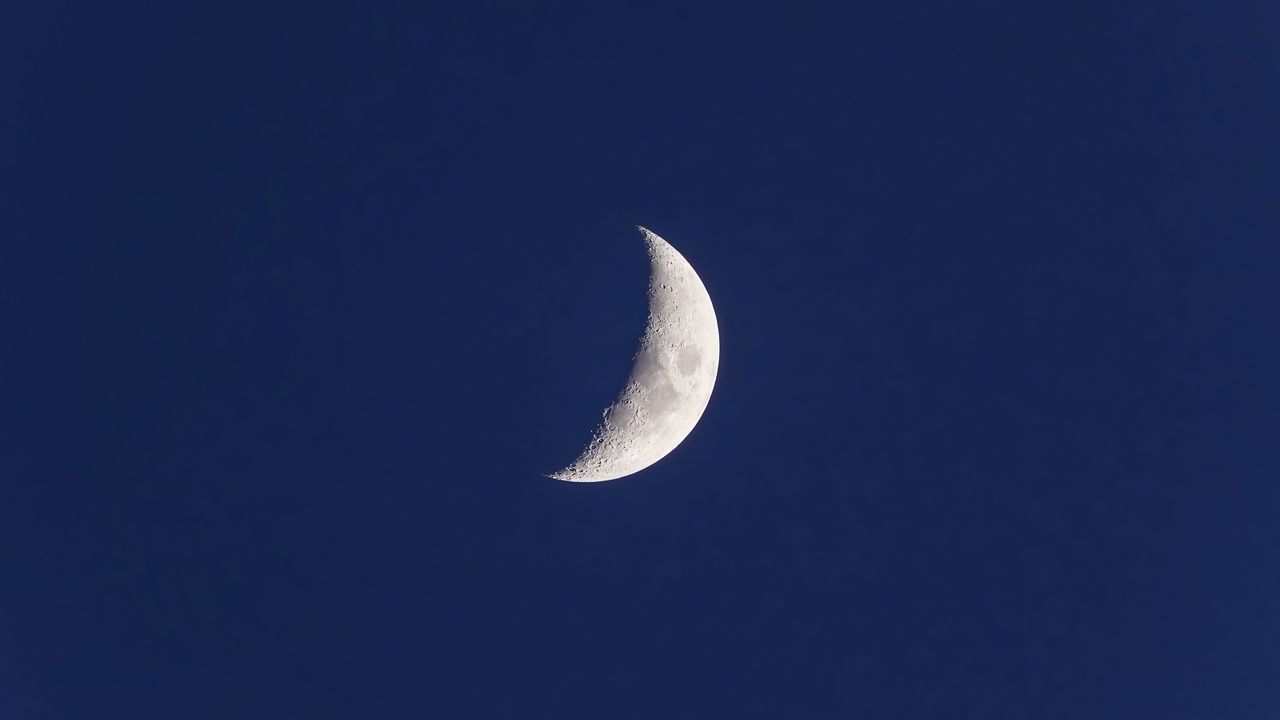
A Journey Through Japanese Haiku
The Moon and a Morning Glory
Culture Environment Lifestyle- English
- 日本語
- 简体字
- 繁體字
- Français
- Español
- العربية
- Русский
三ヶ月や朝顔の夕べつぼむらん 芭蕉
Mikazuki ya / asagao no yūbe / tsubomu-ran
Crescent moon—
a morning glory at evening
starting to bud(Poem by Bashō, written in 1682.)
This poem by Bashō, composed as he approached 40 years old, is very different in mood from the works of his later years, with their pursuit of artistic sentiment. Instead, it is playful and somewhat like a riddle.
What is the connection between the crescent moon and the morning glory? Tsubomu may also mean “to wither,” but with this morning glory in the evening, it surely means “to bud.” Morning glory buds have some resemblance to the crescent moon too. A crescent moon sets not long after it appears in the western sky at evening, but waxes over the nights that follow until it becomes a full moon. The haiku is saying that the rapid sinking of the crescent moon is similar to the way morning glories bud in the evening, in preparation for flowering the next morning.
There is further wordplay in the haiku, which is modeled on the phrase izuru hi tsubomu hana (the rising sun and budding flowers); in haiku, “flowers” (hana) typically refer to cherry blossoms. This phrase was used to describe someone on the verge of success in life or business, or somebody powerful and favored by fortune.
In parodic fashion, Bashō is saying that a crescent moon will one day become a full moon, and a morning glory that buds at evening will blossom with splendid flowers the next day. Even with these lesser substitutes, he appears to offer encouragement that a fair amount of success is waiting.
(Originally published in Japanese. Banner photo © Pixta.)
Related Tags
literature Basho haiku Matsuo Bashō Japanese language and literature
